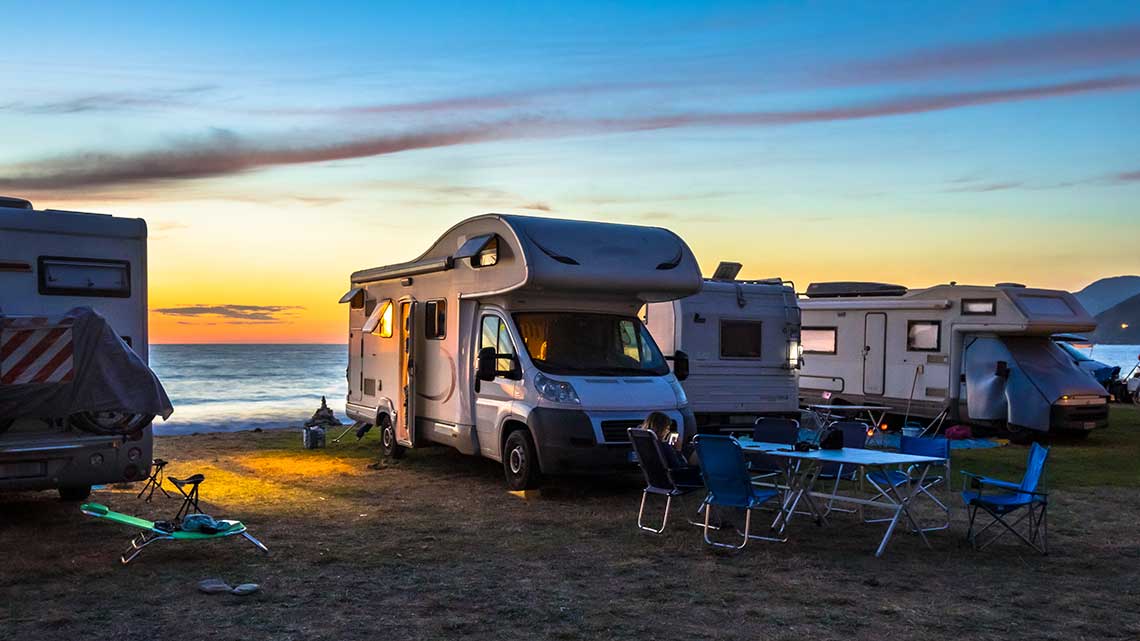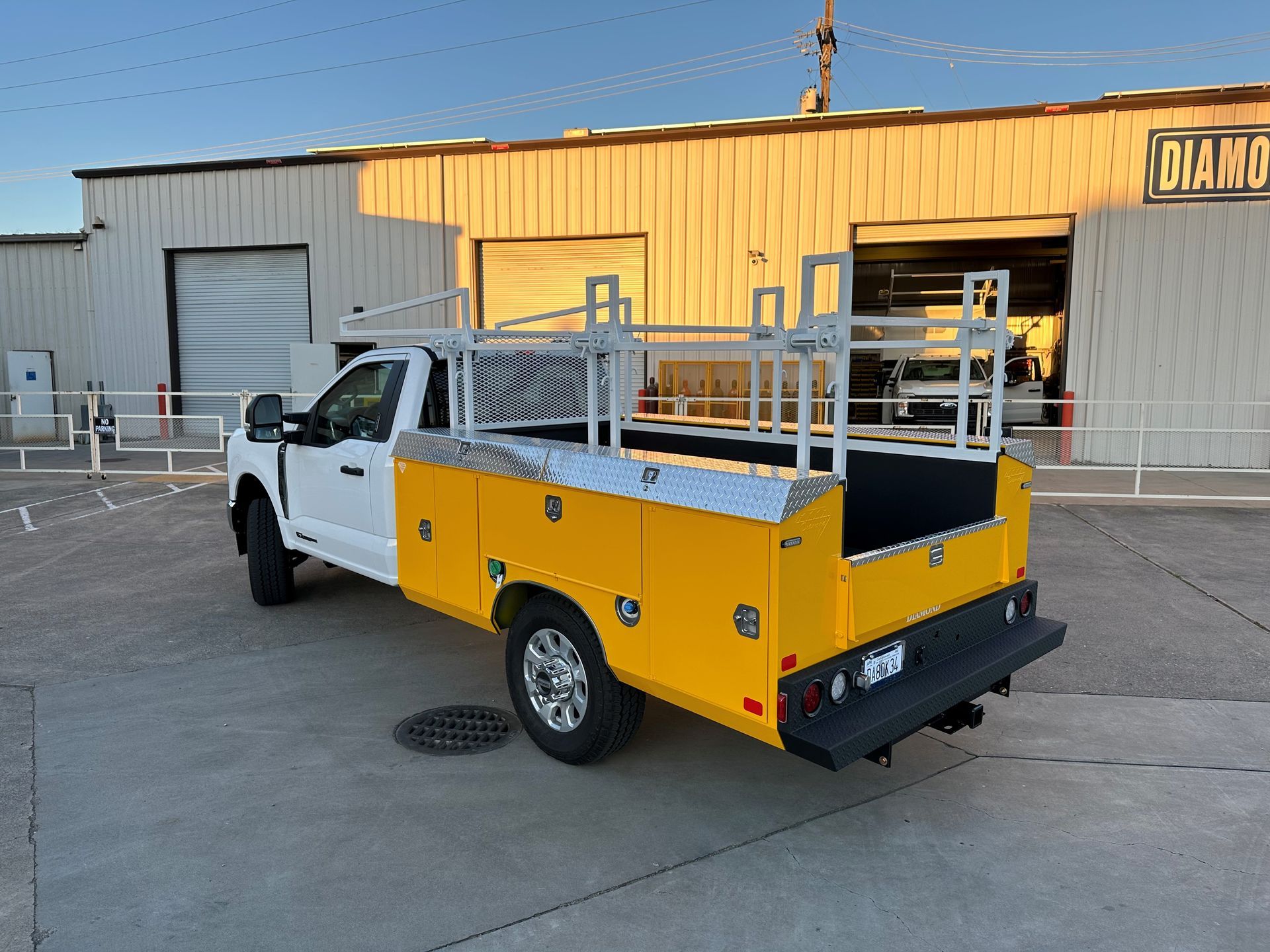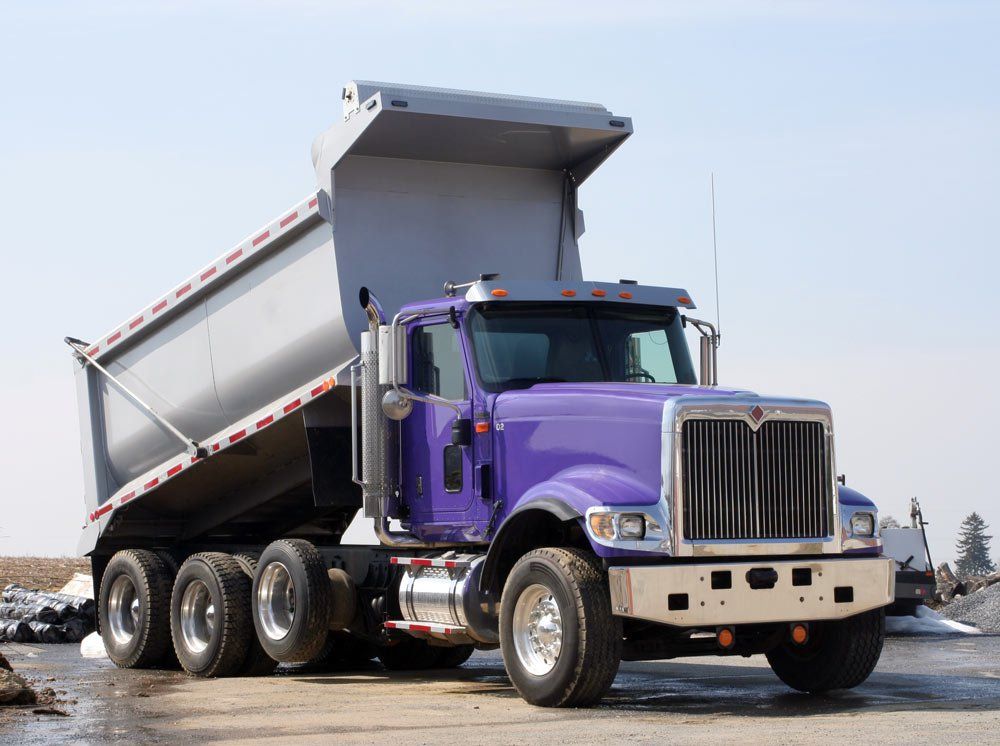If you just purchased your family's first camper, you need to be wise when choosing the truck you use to transport it. Placing your camper on the wrong truck cannot only place excess wear-and-tear on the truck that leads to the need for frequent repairs and can also make driving your camper truck dangerous.
Read on to learn three factors to keep in mind when choosing your camper truck to ensure it is compatible with your camper and keeps your family safe while on the road.
1. Payload Rating
One important factor to consider when choosing your camper truck is its payload rating. This rating designates how much extra weight the truck can safely support when on the road.
If the weight of your camper, vehicle occupants, and all other items you place in your camper exceed a truck's payload rating, then the truck may become very difficult to handle safely on the road, increasing the chance of a collision.
Exceeding a truck's payload also places excess stress on its suspension and many of its other important components, potentially leading to the need for frequent truck repairs.
Thankfully, many trucks come with payload certification forms, although some are instead are provided a gross vehicle weight rating (GVWG). The payload of a truck without a specified payload can be calculated by subtracting the weight of the truck from its GVWR.
To determine your needed camper truck payload rating, first determine how much your camper weighs. Look for a sticker or paper included with the camper that states its dry with options weight or obtain weight information from the camper manufacturer. Then, add the weight of all items you plan to place inside of the camper and the weight of all planned vehicle occupants to the weight of the camper to determine your needed truck payload.
Ideally, you should choose a vehicle with a payload rating that exceeds this calculation to allow for the extra weight of occasional extra passengers and belongings you may have forgotten to include in your calculations.
2. Cab Type
You have several cab type options when choosing or designing your camper truck. You can choose a standard cab, an extended cab, or a crew cab. A standard cab seats two to three people and has two doors, while an extended cab seats four to five people and has two or four doors. A crew cab has four front-hinge doors and seats five to six people comfortably.
While standard cabs are small, they do have their advantages. These cabs are light in weight, which means that less payload is dedicated to them, and trucks equipped with them tend to obtain slightly better fuel mileage than those with larger cabs. However, since there is little distance between the driver's seat of a standard truck cab and the camper placed on it, this cab style does not support optimal driver visibility.
Extended and crew cabs are heavier in weight, but they offer superior driver visibility and provide the driver and passengers more room that they often appreciate when traveling.
3. Rear Wheel Style
Camper trucks can also be built with either single rear wheels (SRW) or dual rear wheels (DRW).
While dual rear wheels are often necessary when supporting higher payloads, trucks with lower payload ratings can be equipped with either single or dual rear wheels. Dual rear wheels are often the better option when you plan to drive on pavement alone; these wheels often make camper trucks easier to handle on paved roads.
However, some camper truck drivers who perform lots of off-road driving prefer single rear wheels because rocks and other debris present on many off-road surfaces can get lodged between dual wheels and because single rear wheels can increase vehicle maneuverability.
If you plan to purchase or design a truck to place your camper on, then choose the right truck options to ensure your truck and camper are compatible The right truck supports your camper properly to make driving safer and limit excess truck wear-and-tear. Contact the truck body design experts at Diamond Truck Body Mfg. Inc. to discuss camper truck body designs
today.














